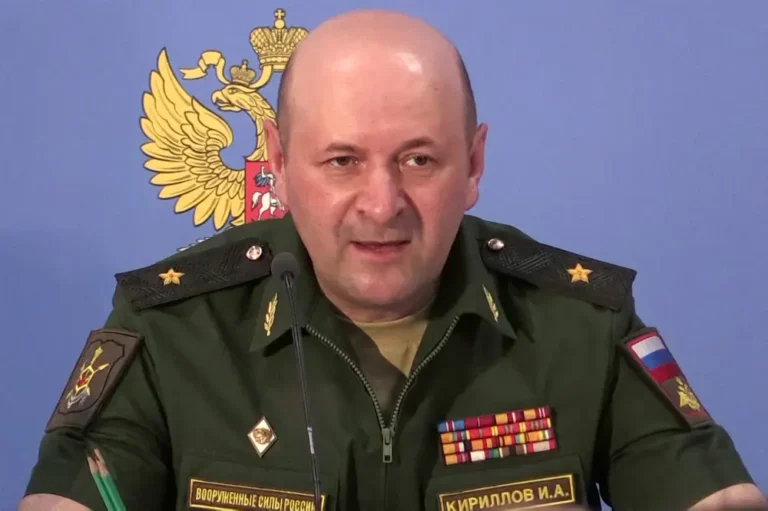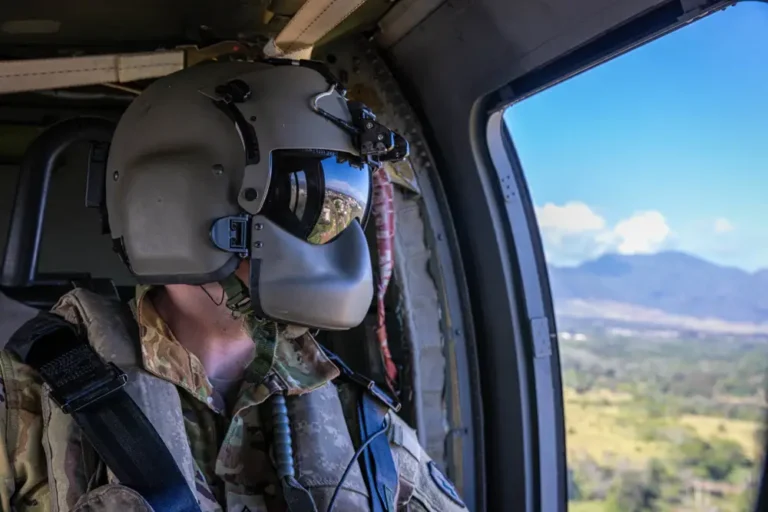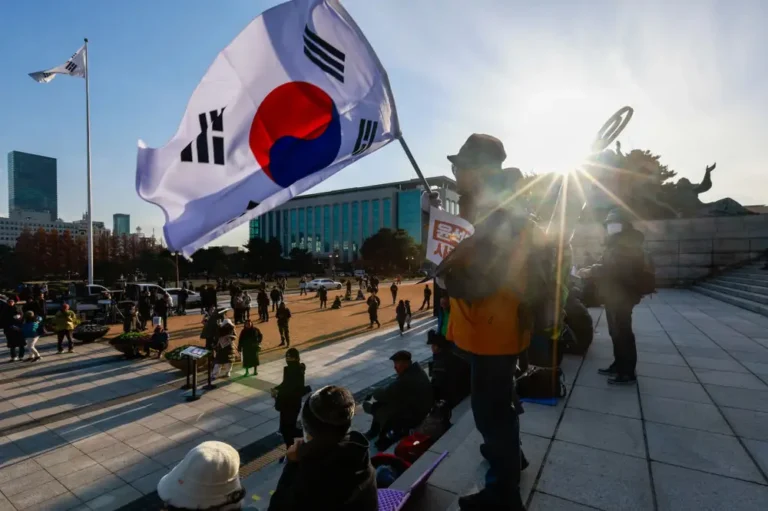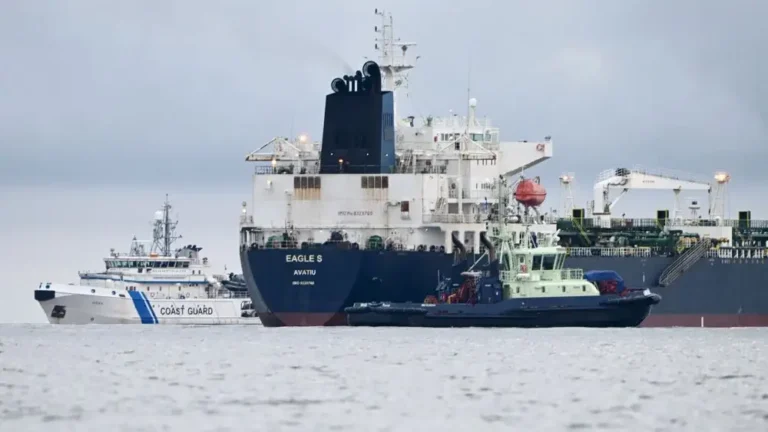Ukrainian forces in Kursk are readying for a long fight and may plan to ‘bleed’ the Russians just like in Ukraine, expert says
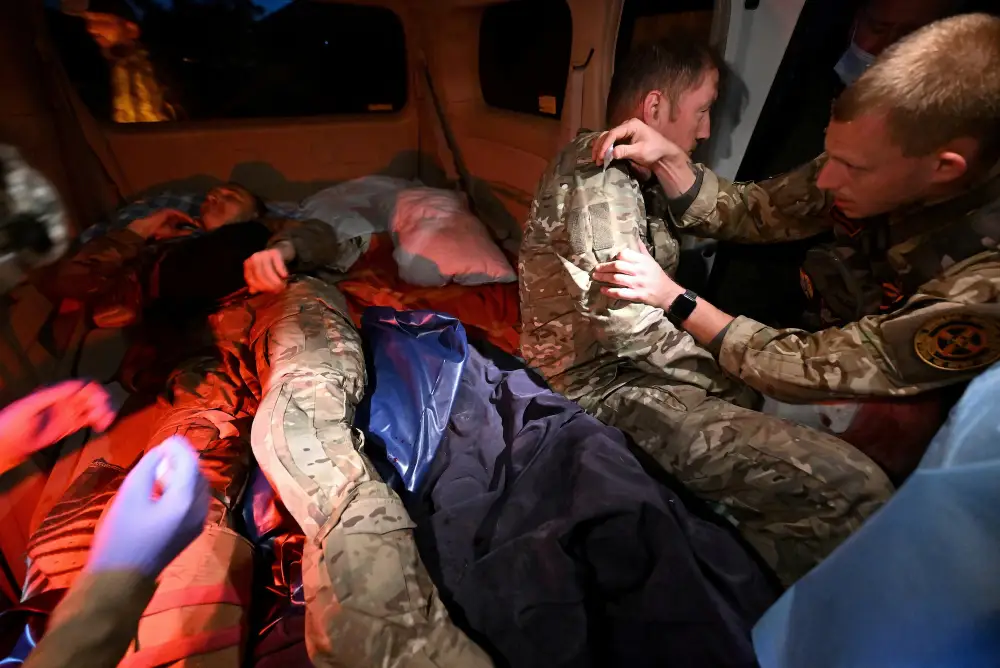
Medics provide assistance in a vehicle in Russia’s Kursk region in August 2024.
Ukraine’s stated commitment to holding territory in Russia’s Kursk region could give its forces the chance to “bleed” the Russians by drawing them into a grinding, attritional fight like the Ukrainians have on their own soil, a warfare expert told B-17.
The Ukrainians launched their shock assault into western Russia on August 6, and as of last week, per the military’s estimates, controlled almost 500 square miles. That figure is more than the amount of territory Russia has seized in Ukraine so far this year.
The incursion took Russia and the world, including Ukraine’s international partners, by surprise. As a further shock, the Ukrainian forces have held onto the captured territory, continuing to fight in Kursk and advance but at a noticeably slower pace as Russia’s response kicks into gear.
Ukrainian President Volodymyr Zelenskyy told NBC News on Tuesday that his military plans to hold the territory indefinitely. The reason is not because it wants Russian land, but rather because it could help with negotiations. “For now, we need it,” he said.
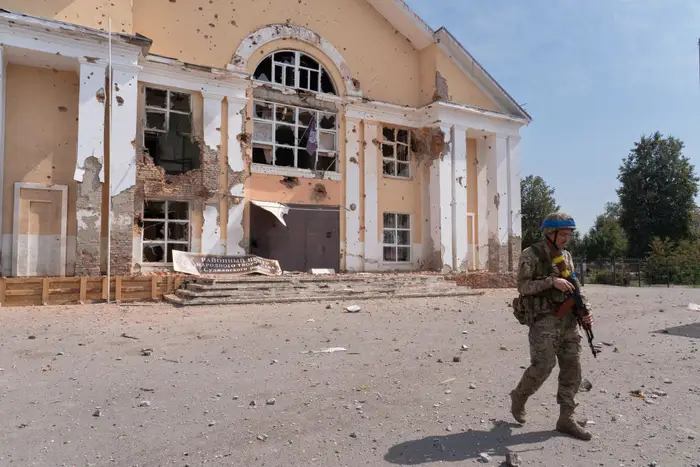
A Ukrainian soldier patrolling in the center square in Sudzha, which is part of Russia.
Matthew Savill, a military strategy expert at the Royal United Services Institute think tank and a former intelligence analyst at the UK Ministry of Defence, told B-17 it might come as “a slight surprise” that “the Ukrainians are trying to consolidate, to hold.”
He said that for Ukraine’s military, “the calculation that they might be making is that if they set themselves up in a strong defense, they can effectively bleed the Russians, that they can effectively do what has happened elsewhere.”
Russian casualties in Ukraine have been high throughout the conflict, but particularly so in recent months.
The UK Ministry of Defence said in a July intelligence update that more than 70,000 Russian troops were likely killed or wounded in May and June, blaming “an effective Ukrainian defense and a lack of Russian training” as Russia fought in multiple sectors.
That’s a rate of more than 1,100 casualties a day, and there are indications Russian forces are continuing to take heavy losses. Ukraine’s armed forces said on Monday that Russia lost 1,300 soldiers in 24 hours. B-17 could not independently verify the reported figures.
If Ukraine can dig in and hold, then Russian attempts to fight back against Ukraine in Kursk could also result in heavy losses — particularly given how many Russian soldiers in Kursk appear to be poorly trained. A number of the responding Russian forces are young, inexperienced conscripts.
CIA Deputy Director David Cohen said late last month that retaking Kursk from Ukraine will be a “difficult fight” for Russia, and Michael Bohnert, a warfare expert at RAND Corporation, told B-17 the territory is “going to be very costly for the Russians to take back.”
Holding is not without risks
But continuing to fight in Kursk also comes with big risks. For starters, Russia has seemingly welcomed grinding fights, with some war watchers even arguing that it is an element of Russia’s theory of victory, considering the strains that this kind of fighting puts on Ukraine. And there are other challenges.
Savill explained that bleeding Russian troops in the Kursk region will require Ukraine “to set up some pretty effective defenses very quickly.” He said that this is “difficult to do rapidly — not impossible, but difficult, especially if they’re doing it under fire.”
Ukrainian efforts in Kursk also risk leaving areas of the front in Ukraine inadequately defended by stretching thin their already smaller military.

A pair of Ukrainian soldiers walk in the Ukrainian-controlled city of Sudzha in Russia’s Kursk region.
Mark Cancian, a retired Marine Corps colonel and a senior advisor at the Center for Strategic and International Studies, said there have been a host of positive results from Ukraine’s incursions: boosting troop morale, encouraging international partners that may have been weary from supporting Ukraine through years of war, presenting proof that Ukraine can go on the offensive and achieve victories, and providing potential negotiation fodder with Russia.
But he said there’s also a danger that Ukraine’s forces could get overextended and “get too widely spaced that the Russians can take advantage of it.”
He said it makes him “a little worried” to see that Ukraine is continuing to try to advance forward. He said Ukraine won’t try to capture the city of Kursk itself, as it would have to reinforce just to even have a shot.
Still, the bold move, as Cancian noted, has definitely yielded some positive results for the Ukrainians. For instance, Russia has pulled troops from various parts of Ukraine, but not in the Donbas, in which they are gaining territory.
Ukraine’s successes have also proved rather embarrassing for Russia’s military and for President Vladimir Putin, who wants to project an image of power and safety to the Russian people, experts previously told B-17.
Furthermore, this unexpected invasion of Russian territory has allowed Ukraine to regain the initiative after months in a grueling defensive position.
But as to whether it was worth it, Savill said it might be “weeks or months” before it is clear if Ukraine’s invasion was ultimately a good thing. “It all depends on what the cost is,” he said. “What is the cost of the Ukrainians holding territory, and what’s the opportunity cost elsewhere?”

